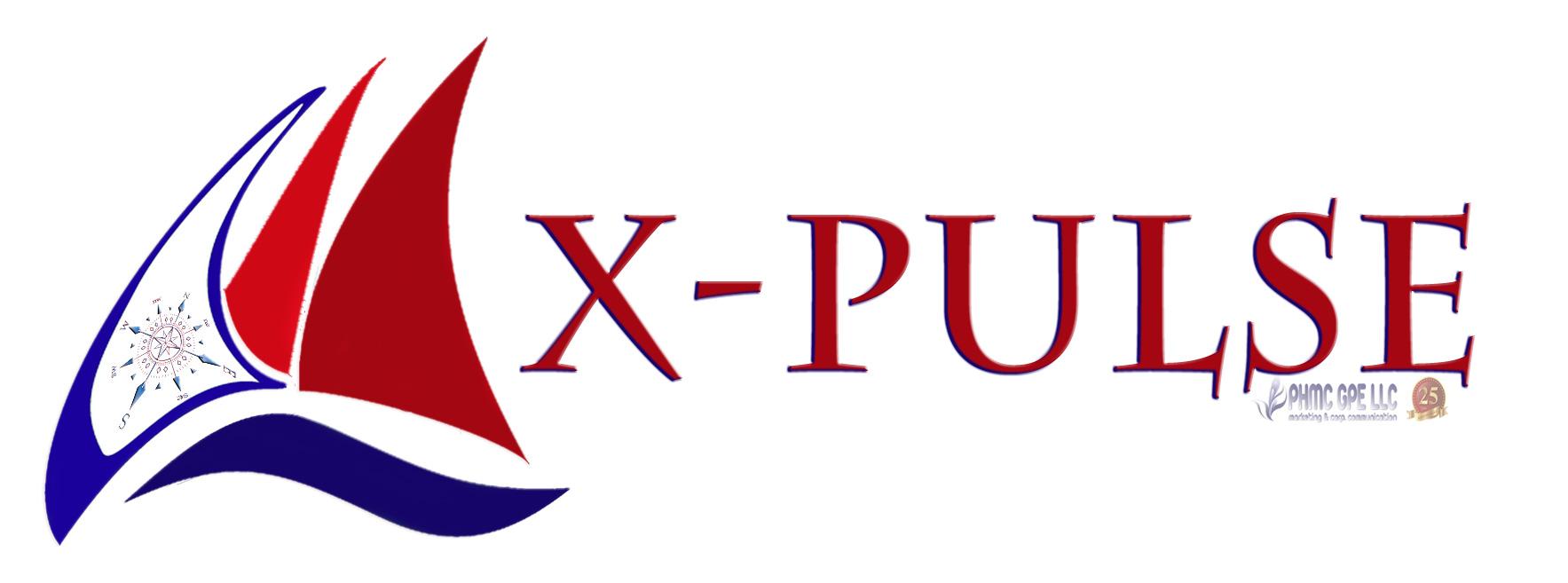The great thing about social media is you can become anyone you want to be. The bad thing – at least from a brand’s perspective – is that you may not exist at all.
If your brand works with paid online influencers, you’re probably familiar with one of the technique’s biggest risk factors now: influencer fraud – a dilemma that occurs when paid tastemakers use artificially inflated follower numbers to increase their asking rate for engaging their audience on behalf of a brand.

What was once an isolated trend has exploded in recent years, to the point where the digital landscape is reeling from all that fake follower activity. To put the scope of the problem into perspective, up to 20% of mid-level influencers’ followers are likely fraudulent, according to a Points North Group study.
Up to 20% of mid-level influencers’ followers are likely fraudulent via Points North Group study. @joderama
15% of #Twitter users are likely automated accounts designed to simulate real people via @nytimes.
Build your #content audience on owned channels to avoid getting caught in social spambot warfare. @joderama
.@Unilever may ban influencers who pay for followers or use other deceptive means to inflate rankings via @WSJ.
How to spot frauds
In a world where machines can simulate human emotion, politicians’ tweets seem to be devoid of it, and a well-dressed pug can earn thousands of dollars per Instagram post, how can you tell which influencers offer authentic engagement and which ones are flashy frauds?
MarketingProfs recently addressed this question with a list of clues that can help marketers discern the methodology and underlying mechanisms an influencer uses, as a way of determining its authenticity and worth.
Read: How to Spot Authentic (and Fake) Instagram Influencers
conclusion
Social media’s power and popularity enable practically anyone to build a public-facing persona, grow a following, and serve as a pitch person for your brand and its content. But if you want to tap into an influencer’s pool of loyal followers, you should make sure what they have to offer is more than a shallow mirage.
Read the full Article @ CMI











